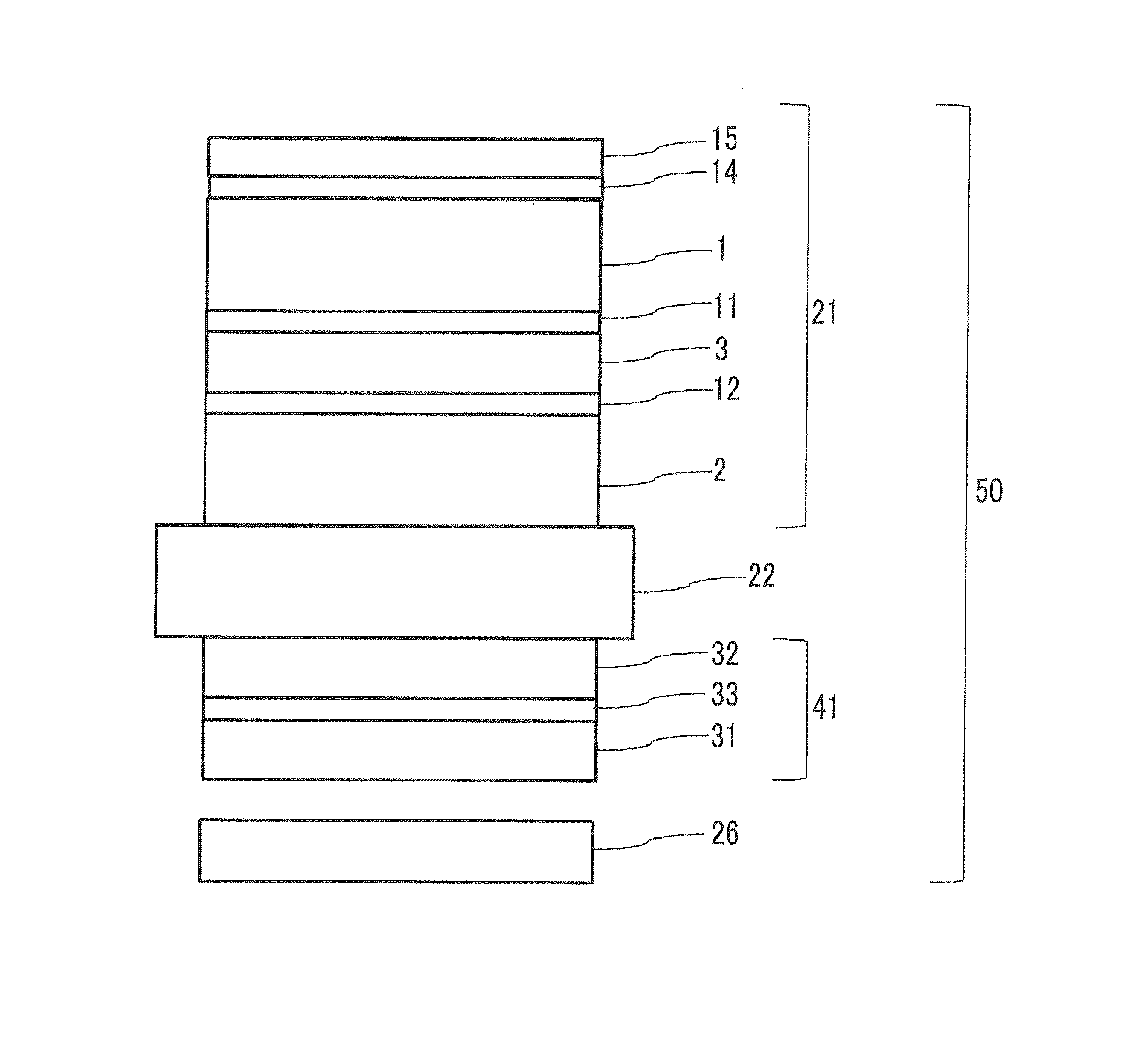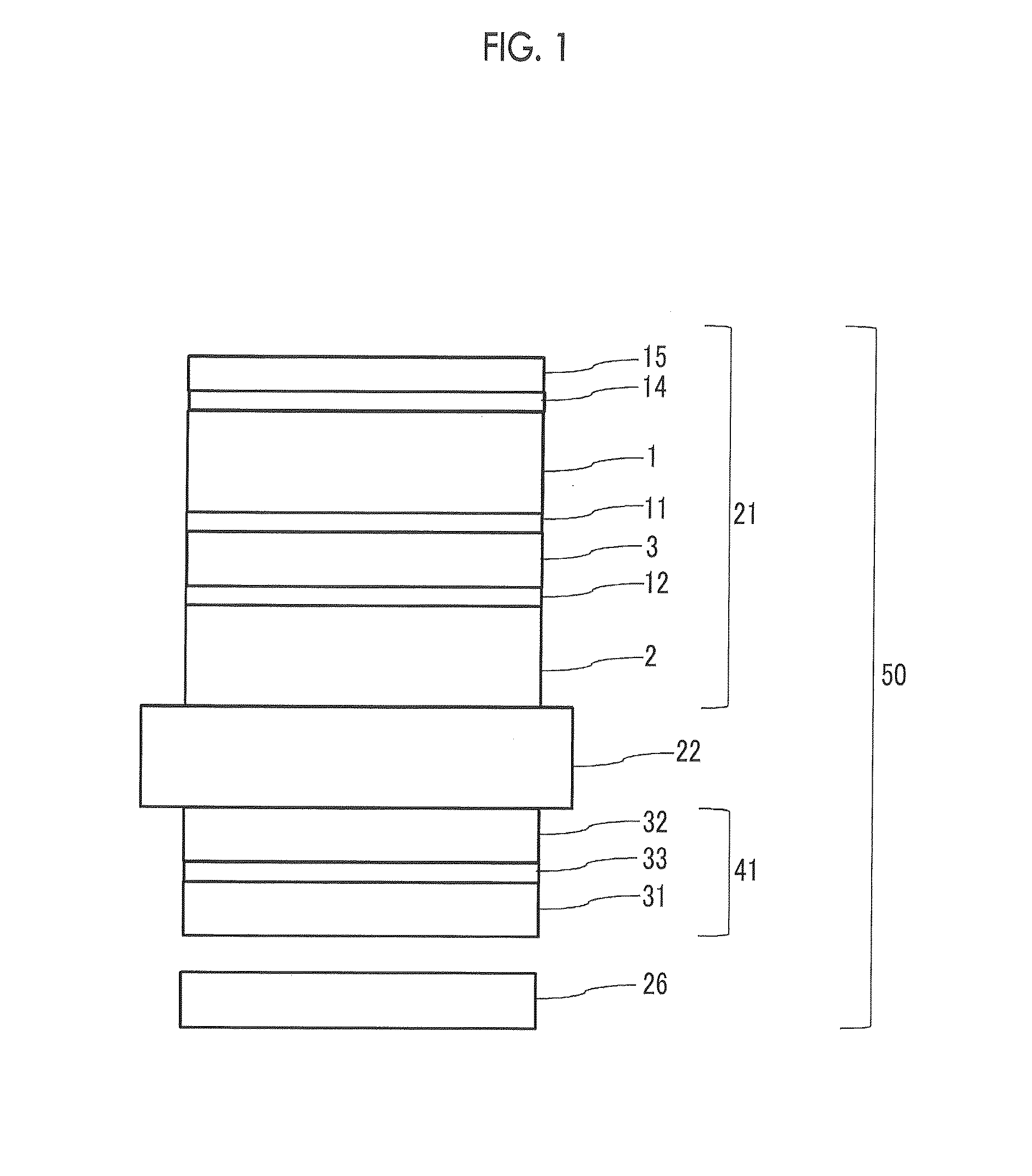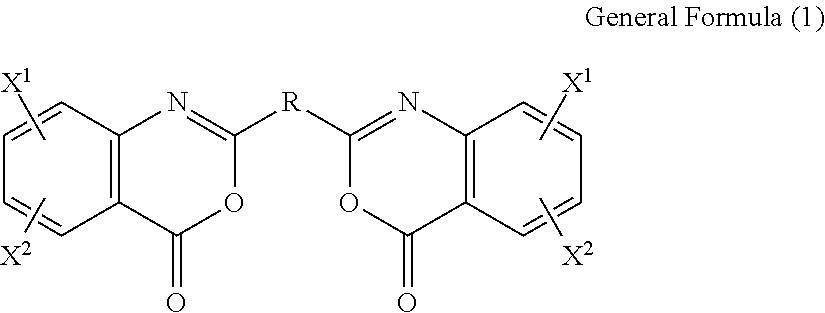Liquid crystal display device
a liquid crystal display and display device technology, applied in the field of liquid crystal display devices, can solve the problems of uneven luminance and no attention, and achieve the effect of suppressing luminance unevenness
- Summary
- Abstract
- Description
- Claims
- Application Information
AI Technical Summary
Benefits of technology
Problems solved by technology
Method used
Image
Examples
manufacturing example 1
[0341]As a film 1, 80 μm-long TD-stretched PET (with single-layer ultraviolet absorber added) was manufactured using the following method.
[0342]
[0343](Raw Material Polyester 1)
[0344]As described below, a raw material polyester 1 (Sb catalyst-based PET) was obtained using a continuous polymerization apparatus and a direct esterification method in which terephthalic acid and ethylene glycol were directly reacted with each other so as to distill water away, were esterified, and then were condensation-polymerized at a reduced pressure.
[0345](1) Esterification Reaction
[0346]In a first esterification reaction vessel, high-purity terephthalic acid (4.7 tons) and ethylene glycol (1.8 tons) were mixed together for 90 minutes so as to form a slurry, and the slurry was continuously supplied at a flow rate of 3800 kg / h. Furthermore, an ethylene glycol solution of antimony trioxide was continuously supplied, and the components were reacted with each other under stirring at a temperature inside t...
manufacturing example 2
[0393]As a film 2, 80 μm-thick TD-stretched PET (with three-layer coextruded ultraviolet absorber added) was manufactured using the following method.
[0394]2>
[0395]—Film-Forming Step—
[0396]The raw material polyester 1 (90 parts by mass) and the raw material polyester 2 (10 parts by mass) including the ultraviolet absorber were dried so that the moisture content reached 20 ppm or lower, then, were injected into a hopper 1 of a single-screw extruder 1 with a diameter of 50 mm, and were melted at 300° C. in the extruder 1 (interlayer II layer).
[0397]In addition, PET 1 was dried so that the moisture content reached 20 ppm or lower, then, was injected into a hopper 2 of a single-screw extruder 2 with a diameter of 30 mm, and was melted at 300° C. in the extruder 2 (outer layer I layer, outer layer III layer).
[0398]Two kinds of the polymer molten substance were made to pass through a gear pump and a filter (with a pore diameter of 20 μm) respectively, were laminated in two kinds of three-l...
manufacturing example 3
[0402]A film 3 was manufactured using the following method.
[0403](Preparation of Polymer Solution)
[0404]1] Cellulose Acylate
[0405]Cellulose aceate powder with a degree of substitution of 2.86 was used. Cellulose acylate was dried by being heated at 120° C., the moisture content was adjusted to be 0.5% by mass or lower, and then the cellulose acylate (20 parts by mass) was used.
[0406]2] Solvent
[0407]The following solvent A was used. The moisture content of each solvent was 0.2% by mass or lower.[0408]Solvent A dichloromethane / methanol / butanol / water=81.0 / 17.5 / 1.0 / 0.5 (mass ratio)
[0409]3] Additives
[0410]The following additive A-1 was selected, and additionally, the following additive M was used. The content of the additive A-1 used was 15% by mass when the content of cellulose acylate was set to 100% by mass.
[0411](Compound Having Repeating Unit)[0412]A-1: condensate with ethanediol / adipic acid (at a molar ratio of 1:1), number-average molecular weight of 1000, hydroxyl number of 112 m...
PUM
 Login to View More
Login to View More Abstract
Description
Claims
Application Information
 Login to View More
Login to View More - R&D
- Intellectual Property
- Life Sciences
- Materials
- Tech Scout
- Unparalleled Data Quality
- Higher Quality Content
- 60% Fewer Hallucinations
Browse by: Latest US Patents, China's latest patents, Technical Efficacy Thesaurus, Application Domain, Technology Topic, Popular Technical Reports.
© 2025 PatSnap. All rights reserved.Legal|Privacy policy|Modern Slavery Act Transparency Statement|Sitemap|About US| Contact US: help@patsnap.com



